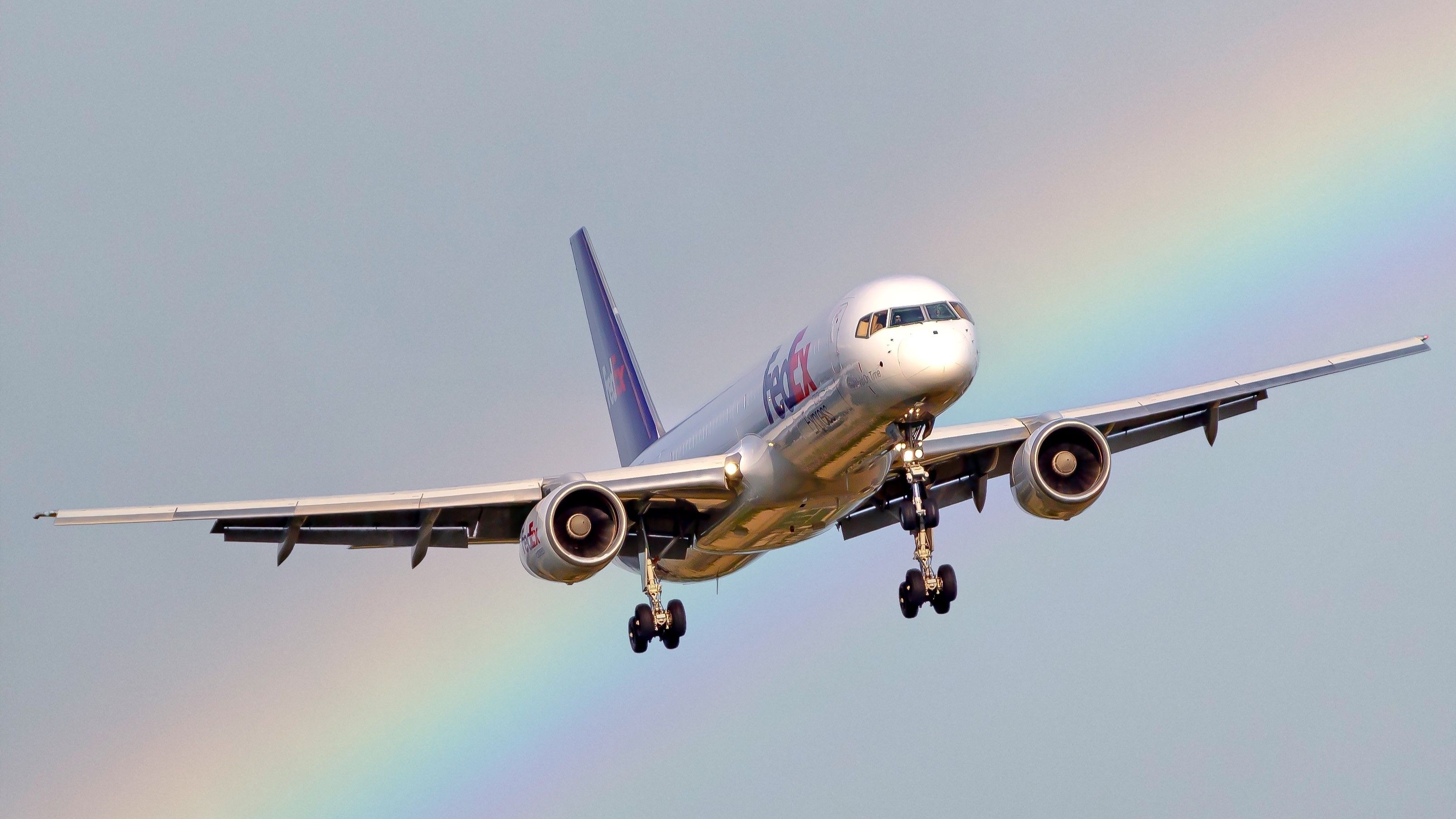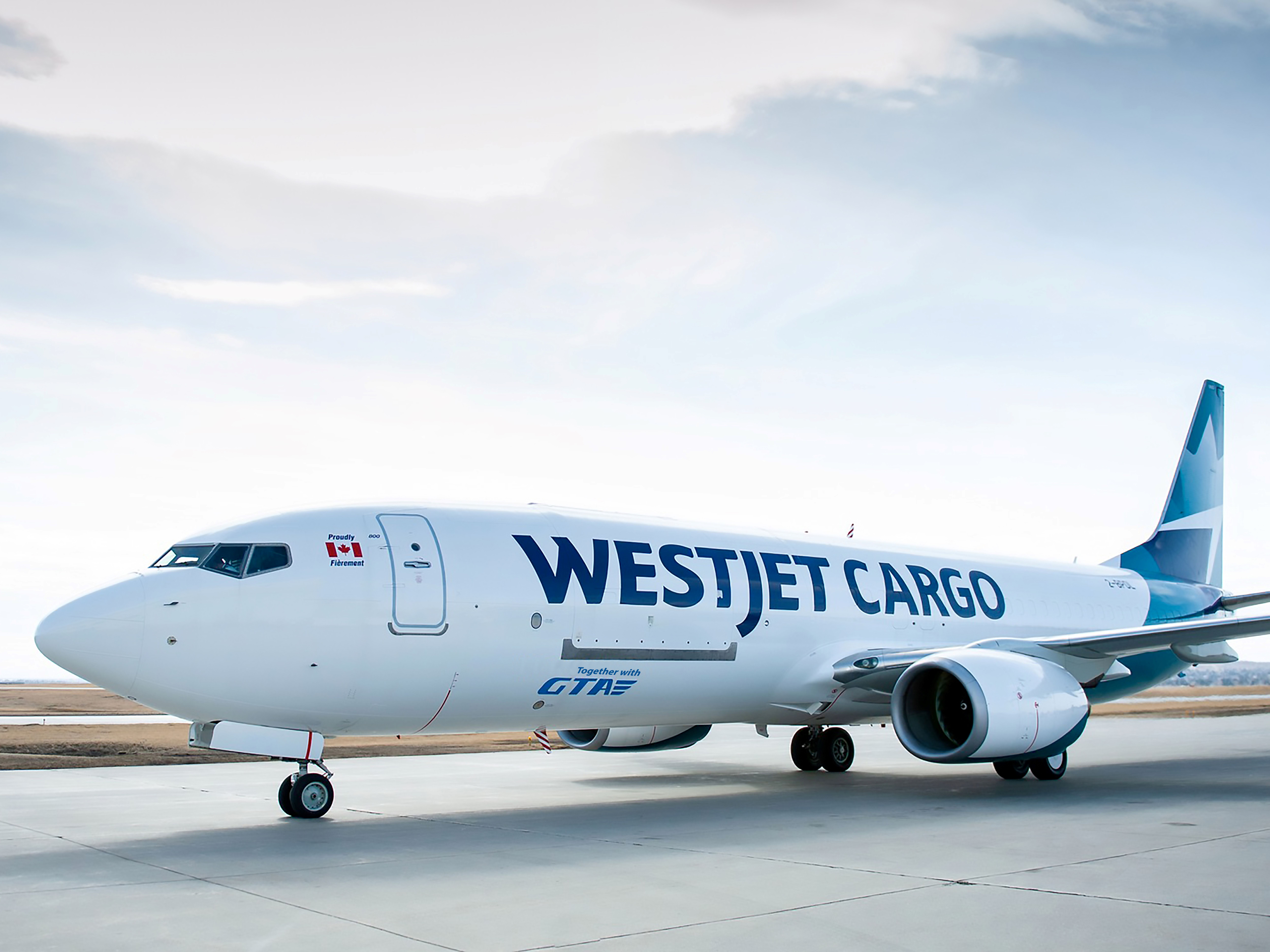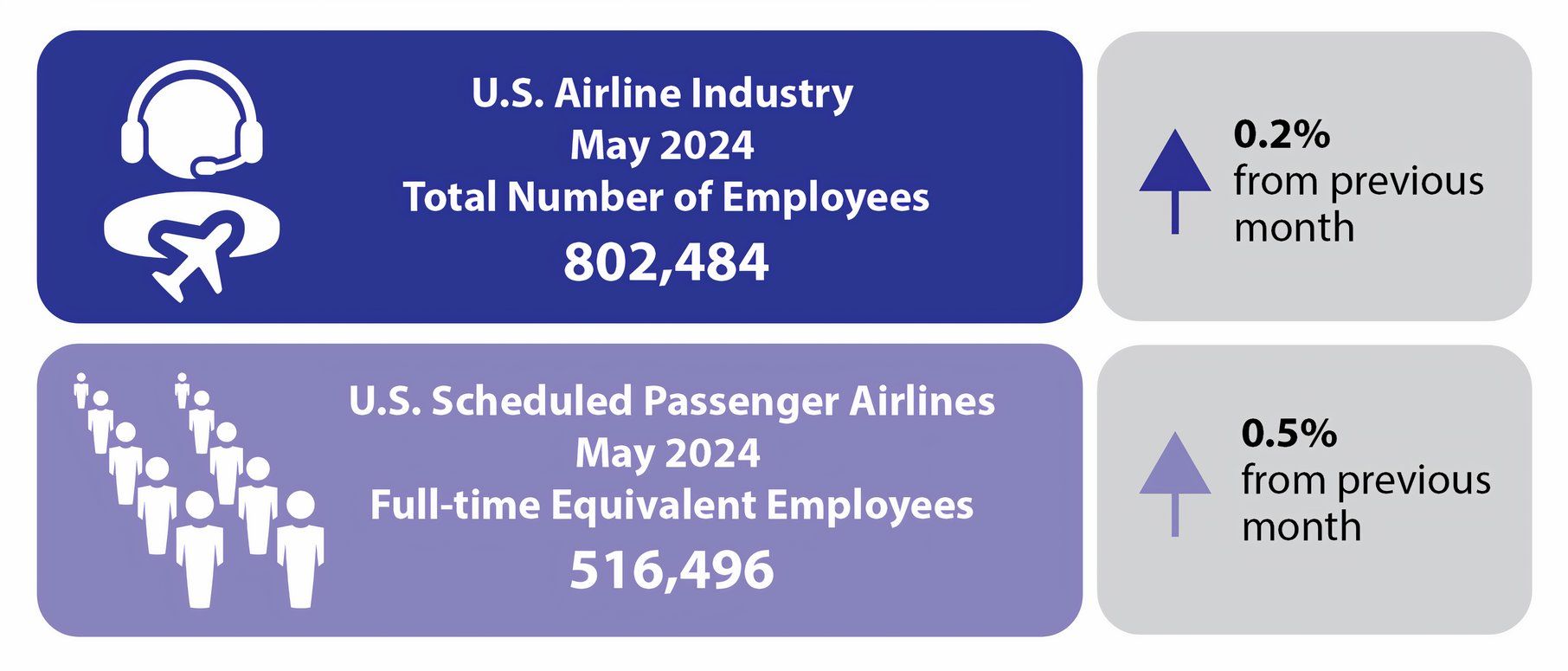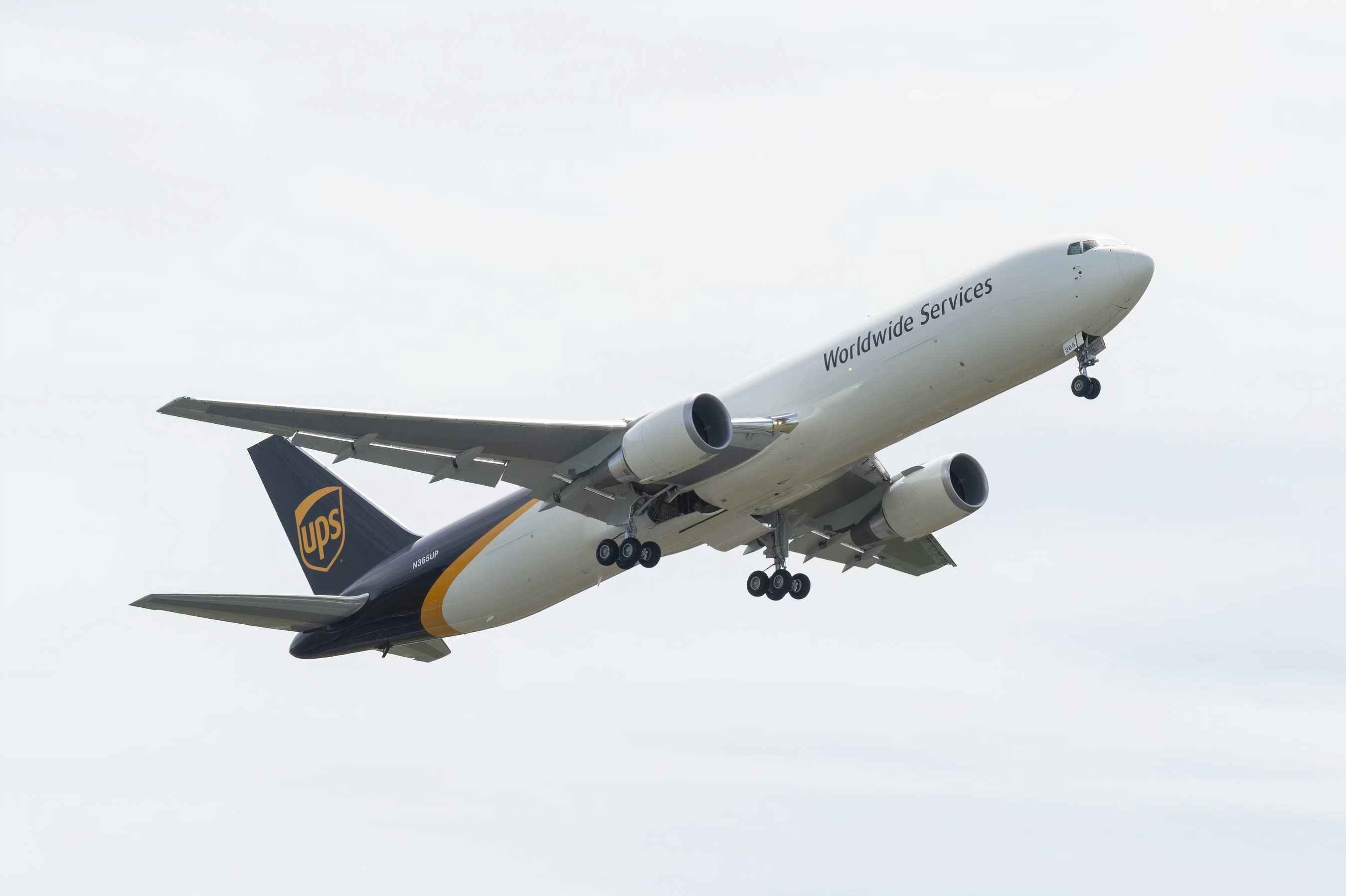Jobs
US Passenger & Cargo Airlines Added Nearly 1,700 Jobs In May

Summary
- The US airline industry has seen slight growth in May, with 1,677 new workers joining, totaling 802,484 employees.
- Cargo airlines employed 253,821 workers, while passenger airlines had over half a million employees in May.
- Cargo pilots enjoy flexible schedules, higher pay, and peaceful flights without passengers, making it an attractive career option.
United States passenger and cargo airlines employ a total of 802,484 workers as of May 2024, which represents a workforce growth of 0.21% compared to the month prior. In the month of May, 1,677 new workers joined the industry, growing from 800,804 to 1,677. The numbers represent both part-time and full-time workers.
While scheduled passenger airlines employed over half a million employees in May, compared to those dedicated to cargo operations, they employed 253,821 workers alone, representing 32% of the industry-wide total.
When looking at specific airlines and their individual growth, United Airlines reported 1,184 new employees, American added 446, while FedEx, a leading cargo carrier, actually decreased its workforce by 1,597 jobs.
Part-time and full-time staff
Data from the Bureau of Transportation Statistics identified that overall passenger-focused carriers gained 2,601 full-time equivalent workers for May this year, while cargo was down 1,115 FTEs, representing a decrease of 0.49%.
26 US scheduled passenger airlines reported data to BTS, which showed the passenger industry employed 516,496 full-time staff (0.51% more than in April 2024), 687,722 full-time staff, and 114,764 part-time workers, totaling 745,103 staff, an increase of 0.20% compared to the month prior.
Working for a cargo carrier
As already reported by Simple Flying, salaries for cargo pilots vary by airline, experience level, and region, mirroring traditional airlines. Still, cargo pilots enjoy flexible schedules, peaceful flights without passengers, and higher pay. Senior Captains and First Officers for Fed Ex can make as much as $326,000 and $226,000, respectively. Cargo pilots usually tend to get paid more than their passenger airline counterparts at the same position and experience level. It is highly dependent on the region, demand, and workload. The training and legal requirements for cargo airlines and passenger airlines are identical, which means that a pilot’s choice of sector relies solely on them. Read more about what is expected here.
Pro’s of flying cargo
When a cargo pilot takes flight, they are gone for long periods, so they get to stay home longer. In addition, they have more flexible schedules and are more likely to fly nights than days. Routes flown also vary, often spending more time in smaller airports than larger commercial facilities. They are more relaxed, resulting in fewer delays and wasted time.
Photo: Boeing
Airline manufacturer Airbus initially announced plans to produce an Airbus A380F model and took some orders for a freighter version. In total, 25 A380Fs were ordered, including ten from FedEx and ten from UPS; however, the manufacturer focused on orders for the passenger variant first, and the decision to produce the cargo variant never eventuated. If it had been built, the A380F would have been the world’s largest flying cargo aircraft, except for the singular Antonov An-225 Mriya.

Related
WestJet Cargo Launches A New Initiative Aimed At Canadian University Students And Staff
The new initiative has been nicknamed Campus’Air









:max_bytes(150000):strip_icc()/roundup-writereditor-loved-deals-tout-f5de51f85de145b2b1eb99cdb7b6cb84.jpg)


